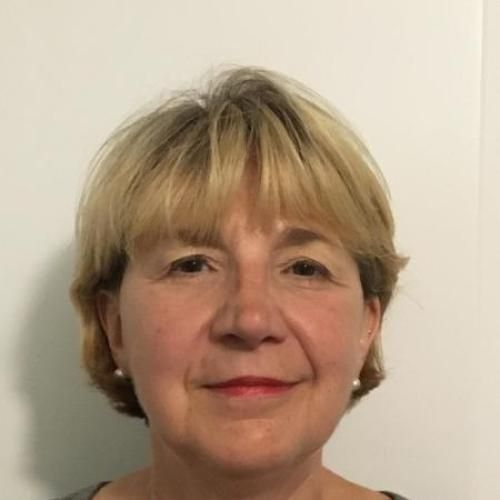
Nurse practitioner certification and practice settings: implications for education and practice.
Nurse Practitioners (NPs) are certified within a population-focused specialty area, practice in a variety of settings, and treat a wide range of patients. Little is known about what agreement exists between certification obtained and actual site of practice. The purpose of this study was to examine NP practice sites as compared with their certification and examine additional education they received after employment.Adult (ANP), family (FNP), and acute care nurse practitioners (ACNPs) certified by the American Nurses Credentialing Center were surveyed regarding certification, demographic information, practice setting, routine responsibilities, and additional training they may have obtained.An expert panel defined categories of traditional practice settings consistent with NP credentialing examinations and scopes of practice. Equal numbers of randomly chosen ANPs, ACNPs, and FNPs (N = 2,000) were mailed surveys. Responses were coded and analyzed.The overall survey response was 69.8% (n= 1216). Of the FNP, ANP, and ACNP respondents, 5%, 7%, and 42%, respectively, reported practicing in a nontraditional practice setting. Of nurses practicing in a nontraditional setting, 74% (135 of 182) were ACNPs, with 90% practicing in a nontraditional, ambulatory care setting. Sixty-five percent (13 of 20) of the FNPs practicing in a nontraditional setting were practicing in a high-acuity emergency department, and 56% (15 of 27) of the ANPs practicing in a nontraditional setting were practicing in a high-acuity intensive care unit. The top responses of additional education received were pharmacology, laboratory interpretation, and ordering diagnostic tests.While greater than 90% of ANPs and FNPs practice in settings consistent with their certification, a proportion of NPs practice in nontraditional settings and may benefit from additional education (formal, on-the-job, and continuing education) and mentoring.
Duke Scholars
Published In
DOI
EISSN
ISSN
Publication Date
Volume
Issue
Start / End Page
Related Subject Headings
- Workplace
- United States
- Nursing
- Nurse Practitioners
- Middle Aged
- Male
- Humans
- Female
- Employment
- Education, Nursing, Continuing
Citation

Published In
DOI
EISSN
ISSN
Publication Date
Volume
Issue
Start / End Page
Related Subject Headings
- Workplace
- United States
- Nursing
- Nurse Practitioners
- Middle Aged
- Male
- Humans
- Female
- Employment
- Education, Nursing, Continuing

